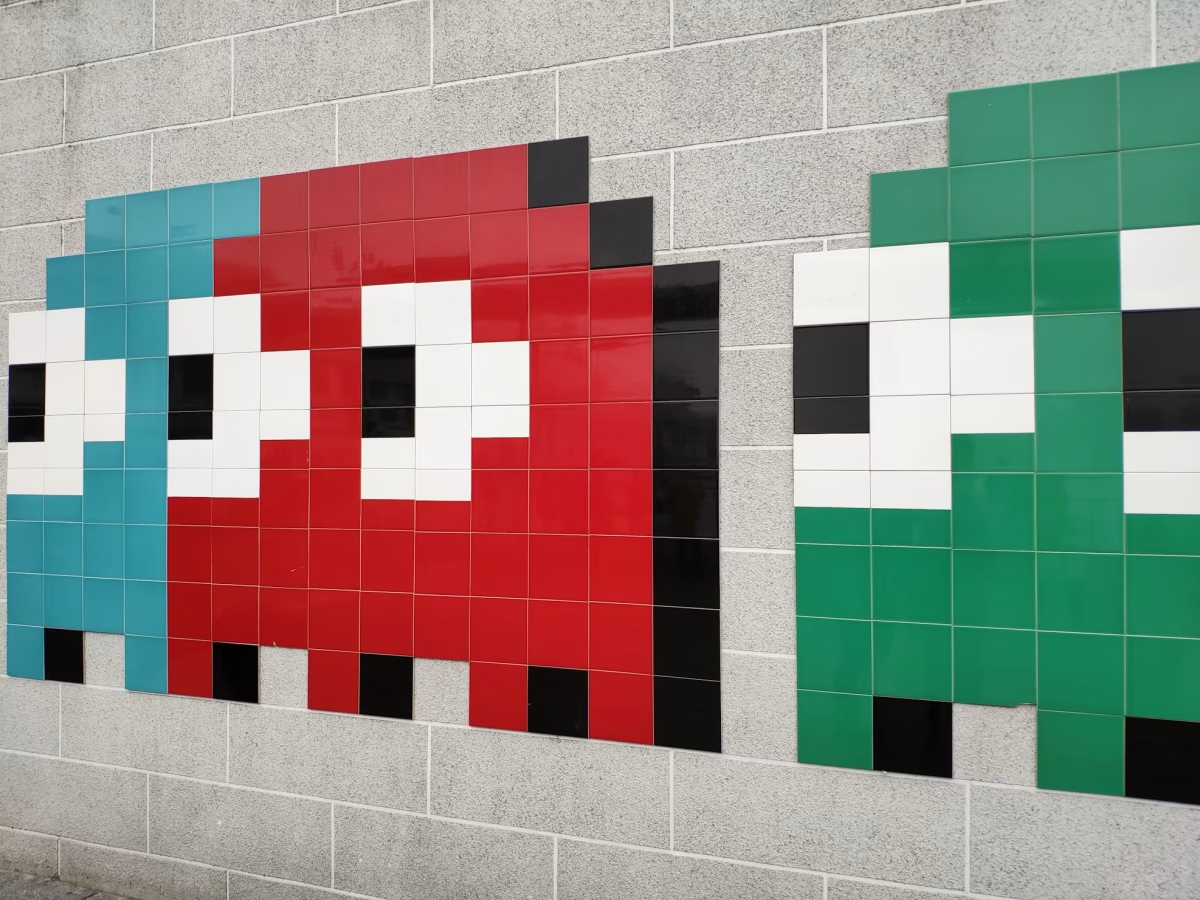Tips and Tricks to Ace Those Midterms
March 6, 2023
1. Center for Academic Achievement
The Center for Academic Achievement (CAA) is always a great study resource. Whether your studying needs a jumpstart, a strong finish or simply a supplement, the CAA is there to help. The CAA provides individualized coaching, tutoring and even writing help. Over this upcoming spring break specifically, the CAA is providing academic coaching as you prepare for your midterms. An email sent out to all students from the CAA states that the CAA study space will be open Monday through Friday from 8 a.m. to 5 p.m., and whiteboards and markers will be provided if needed. Go check them out, whether through an online appointment or in the west wing of the library, room 103!
2. Pomodoro Technique
Are you looking to try a unique study technique? The Pomodoro Technique has been around since the late 1980s and is good for those who get easily distracted, overstudy and burn out or prefer a more structured study method. The Pomodoro Technique requires five steps and two supplies — a timer and a to-do list.
1. Create a study to-do list and prepare a timer.
2. Set the timer for 25 minutes and focus as much as you can on getting your work done without any distractions.
3. Once the timer rings, give yourself a five-minute break.
4. Repeat four times.
5. After the fifth time, give yourself a longer rest period of 15-30 minutes.
The Pomodoro Technique is known to be effective because it targets specific study struggles. For one, research shows that oftentimes laziness is not the cause of procrastination; it is negative emotions connected with studying. That is why it is easier to turn to something positive and inconsequential, like Netflix. The Pomodoro Technique provides a starting point and breaks to look forward to. Studying does not seem as intimidating when it is divided into smaller increments. Secondly, this technique leaves little room for distractions, which many students struggle with. The method recommends documenting the number of distractions that come up during the allotted 25 minutes so that students know how to better combat those distractions next time. By setting a timer, students become more focused, knowing that when the timer rings, they can relax. Thirdly, the Pomodoro Technique gives students a better concept of time; five minutes on social media often feels like 30 seconds, and 25 minutes of studying feels like 3 hours. The Technique reveals our underestimation of how long tasks actually take, and how much time we spend on technology and other distractions.
3. Group study session
Group study sessions are a great opportunity to be productive by holding each other accountable to study without distractions but in a fun, interactive way! Studying alone can sometimes cause students to lose motivation; studying with friends, however, provides some relaxation and enjoyment to students’ subconscious, causing them to study more effectively, efficiently and oftentimes, for longer periods. So next time you need some accountability and a break from studying alone, grab some friends — preferably those who are studying the same material — and get a team study session going!
4. Add any missing information and review your notes
The majority of us have fallen victim to taking quick, often misquoted notes and never looking at them again after writing them. Some of our classes are fast-paced, so we skip important information for the sake of keeping up with the lecture. However, going back through the lecture slides or videos, or maybe even cracking open the textbook, and adding missing information can be very effective in retaining information. Studies show that note-taking helps students remember more lecture material, but missing information and not reviewing the notes before an exam actually lowers exam grades. In fact, students who are not present at the lectures but review thorough notes taken by the students who were present, receive almost the same score as those present. This is not to discourage attending lectures by any means, but it proves that taking and reviewing thorough notes are extremely effective in receiving high exam grades.
5. Schedule time for self-care
Last but definitely not least, take some time to do the things you love, whether it be painting, reading, riding your bike, or playing sports. Break time is just as important as study time, so make sure to set aside time for friends, family, sporadic shopping trips, self-care, or catching up on sleep!

























